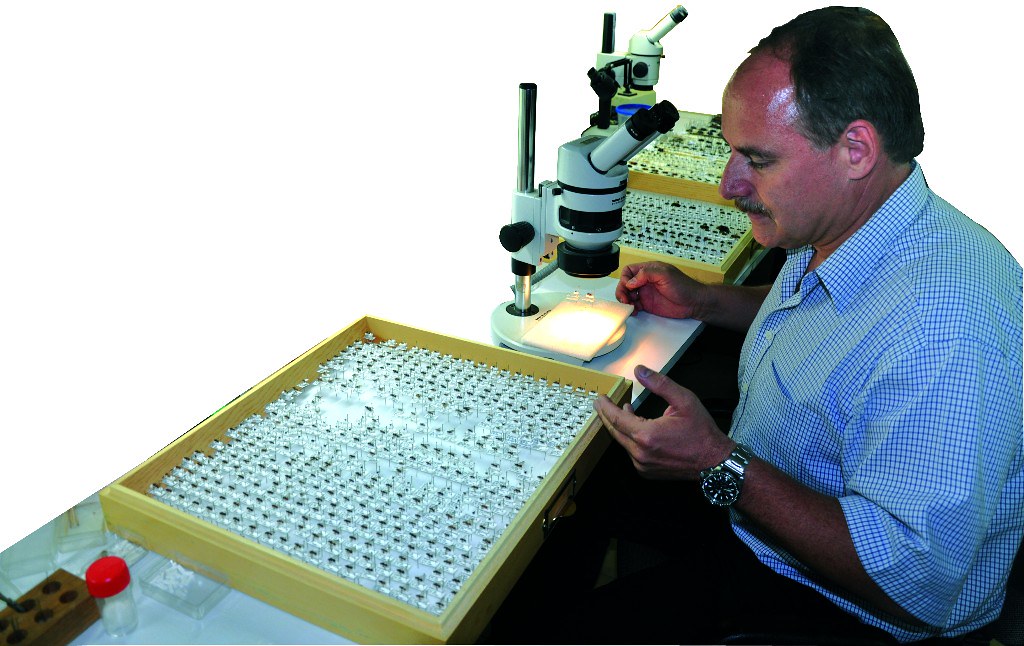
In the hidden corners of our world, beneath leaves, inside soil, and across forest canopies, epic battles rage constantly between insect species. These miniature conflicts—involving chemical warfare, territorial disputes, predator-prey dynamics, and competition for resources—occur at a scale rarely noticed by human observers. Yet these interactions shape ecosystems, drive evolution, and maintain the delicate balance of nature. Entomologists, armed with specialized tools and methodologies, venture into this microscopic battlefield to document, analyze, and understand these fascinating conflicts. Their work not only reveals the complex social structures and survival strategies of insects but also provides insights into ecological relationships that affect our entire planet. This article explores how scientists observe and study these insect battles and what their findings tell us about the remarkable world beneath our feet.
The Invisible Battlefield: Scales and Challenges of Observation

Studying insect warfare presents unique challenges due to the tiny scale at which these conflicts occur, often requiring specialized equipment and innovative approaches. Entomologists use a range of tools from simple magnifying glasses to sophisticated high-speed cameras capable of capturing movements too quick for the human eye to perceive. Field studies might involve setting up miniature arenas where interactions can be observed more easily, or using time-lapse photography to document battles that unfold over hours or days. The challenges extend beyond size—many insect conflicts happen in inaccessible locations such as deep within soil layers, inside plant tissues, or high in forest canopies. Perhaps most challenging is the fact that many insect battles involve chemical signals invisible to human senses, requiring sophisticated analytical chemistry techniques to detect and interpret the molecular messages that often initiate or mediate these conflicts.
Chemical Warfare: The Molecular Arms Race
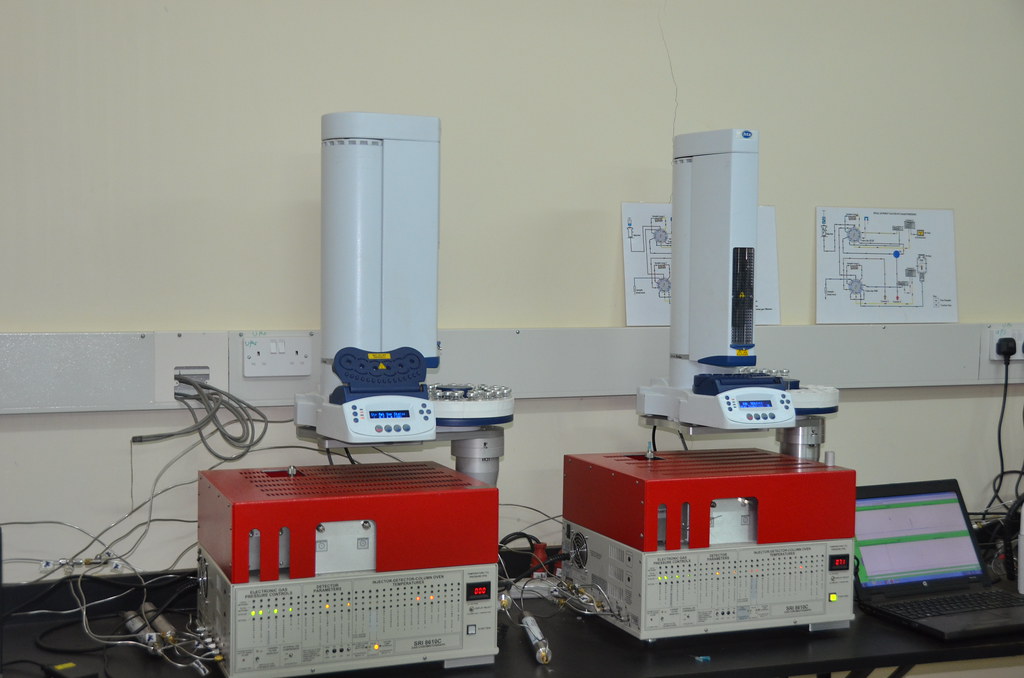
Chemical warfare represents perhaps the most sophisticated aspect of insect conflict, with species evolving increasingly complex compounds to attack, defend, manipulate, and communicate. Entomologists study these chemical arsenals using gas chromatography-mass spectrometry to identify the specific molecules insects produce and how they deploy them against enemies. Many ants, for example, spray formic acid as a defensive weapon, while bombardier beetles famously mix chemicals in a specialized chamber to create an explosive, boiling spray that can repel much larger predators. Social insects like termites and bees use chemical signals called pheromones to mobilize their colony’s defenses, creating coordinated responses to threats that function much like military operations. Researchers also investigate how insects detect these chemical signals, with many species possessing sensory organs far more sensitive than any human-made detector, capable of identifying specific molecules at concentrations of just a few parts per trillion.
Territorial Conflicts: Mapping Insect Boundaries

Territorial battles between insects provide entomologists with fascinating glimpses into how resources are defended and distributed in ecosystems. Scientists often mark individual insects with tiny dots of paint or attach miniature radio frequency identification (RFID) tags to track their movements during territorial disputes. Some ant species engage in remarkable territorial wars, with colonies fielding thousands of workers in battles that can last for days and result in significant casualties on both sides. Researchers studying these conflicts create detailed maps of territory boundaries, observe how they shift over time, and document the strategies used to defend or expand territories. The study of territorial dynamics also reveals sophisticated decision-making processes, with some species assessing the strength of opponents and strategically retreating when outmatched, while others employ suicide attacks where individuals sacrifice themselves to protect colony boundaries.
Predator-Prey Dynamics: The Evolutionary Arms Race

The relationship between insect predators and their prey represents one of the most intensely studied aspects of entomological warfare, revealing remarkable evolutionary adaptations on both sides. Entomologists use high-speed video recording, often at thousands of frames per second, to capture the lightning-fast attacks of predators like dragonflies, mantises, and assassin bugs. These studies reveal that predatory insects have evolved specialized adaptations for hunting, from the adhesive labial mask of dragonfly nymphs that can extend in milliseconds to capture prey, to the ambush techniques of flower mantises that mimic the appearance of blossoms to attract pollinators. Equally impressive are the defensive countermeasures developed by prey species—from the erratic flight patterns of mosquitoes that make them difficult to track, to the remarkable ability of tiger moth caterpillars to detect the ultrasonic calls of predatory bats and respond with their own jamming signals. By documenting these interactions, scientists can trace the co-evolutionary history of species and understand how predation pressure drives adaptation.
Social Insect Warfare: Colony vs. Colony
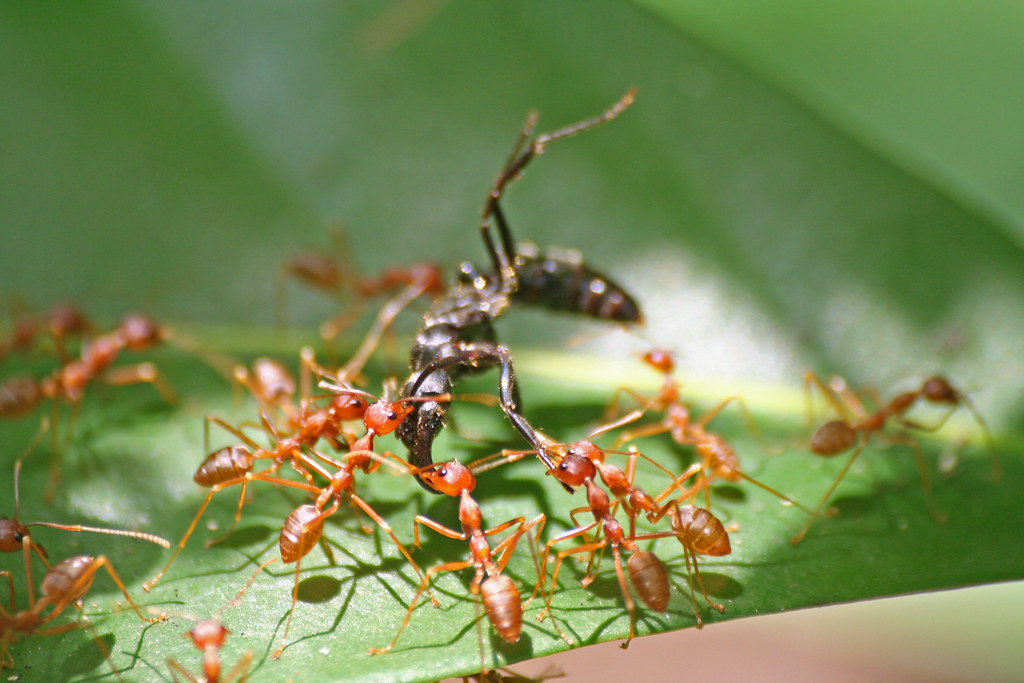
The conflicts between colonies of social insects represent some of the most complex and organized warfare in the animal kingdom, offering entomologists a window into the evolution of collective combat strategies. Researchers studying these interactions often use artificial nest structures with transparent walls that allow observation of underground activities, complemented by field studies using video recording and chemical analysis. Army ants exemplify organized warfare, with colonies deploying up to millions of individuals in coordinated raids that overwhelm other insect communities across wide areas of forest floor. Honeybee colonies defend against invading wasps and rival bees through fascinating collective behaviors, including the formation of defensive balls around invaders where they generate enough heat to literally cook their enemies. The study of social insect warfare has even inspired military strategists and robotics engineers, who recognize the effectiveness of decentralized decision-making systems where complex group behaviors emerge from simple individual rules followed by many participants.
Parasitic Warfare: The Ultimate Invasion
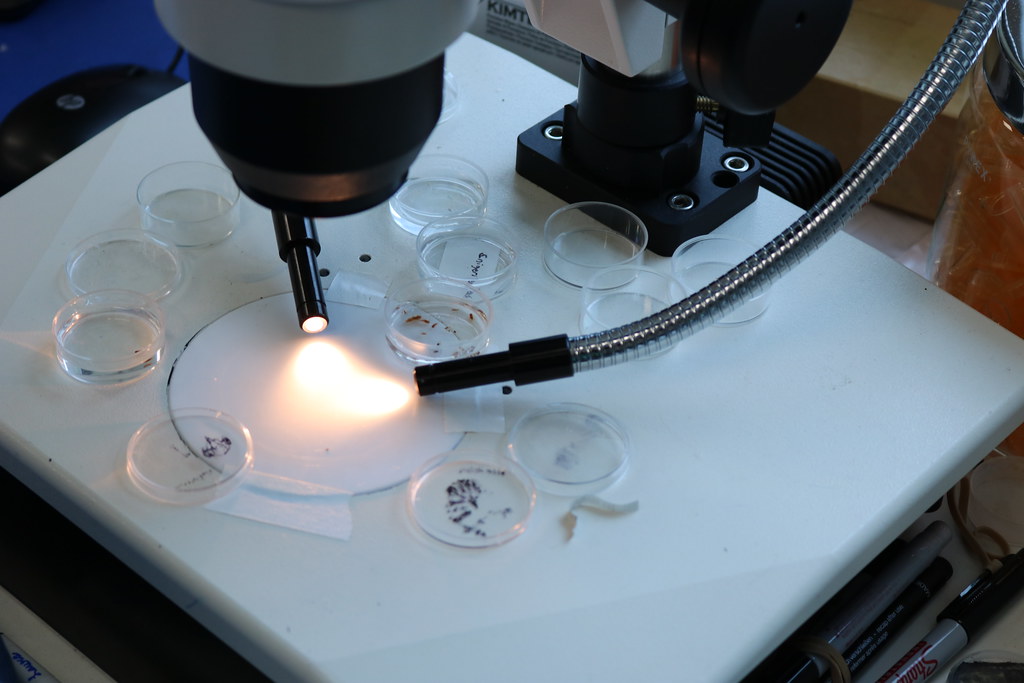
Parasitic relationships between insects represent perhaps the most intimate form of biological warfare, with parasitoid wasps, flies, and other species evolving remarkable strategies to exploit host insects. Entomologists studying these interactions employ techniques ranging from dissection and histology to advanced imaging technologies like micro-CT scanning that allow them to observe parasites inside living hosts. The lifecycle of parasitoid wasps exemplifies this relationship, with females using specialized ovipositors to inject eggs directly into the bodies of caterpillars, beetles, or other host insects. The wasp larvae then develop inside their still-living hosts, strategically consuming non-vital tissues first to keep their food source alive as long as possible. Even more remarkably, some parasitic insects manipulate their hosts’ behavior, with infected ants, for example, abandoning their colonies and climbing to elevated positions that benefit the parasite’s dispersal needs. The study of these parasitic relationships reveals extraordinary examples of evolutionary adaptation and helps scientists understand the regulatory effects these parasites have on insect populations throughout ecosystems.
Technological Breakthroughs: New Tools for Observation
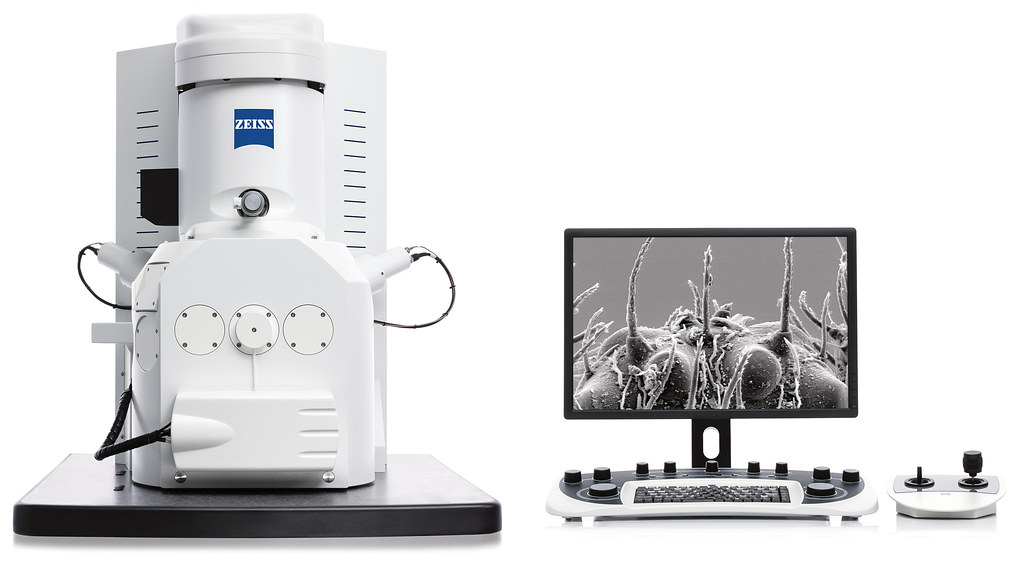
Advances in technology have revolutionized how entomologists study insect warfare, providing unprecedented views into previously invisible worlds. Scanning electron microscopy allows scientists to examine the microscopic weapons insects use in battle, from the serrated mandibles of soldier ants to the specialized hairs that some caterpillars use to deliver toxins. Micro-CT scanning technology can create three-dimensional images of an insect’s internal anatomy without dissection, revealing how parasites develop inside living hosts or how specialized defensive glands function. The development of miniaturized tracking devices has transformed the study of insect movement patterns, with some tags weighing less than 3 milligrams—light enough to be carried by all but the smallest insects without affecting their behavior. Perhaps most revolutionary has been the application of genomic and transcriptomic techniques, which allow researchers to identify which genes are activated during conflict situations, revealing the molecular foundations of insect battle strategies and defensive mechanisms.
Laboratory Arenas: Controlled Battle Environments
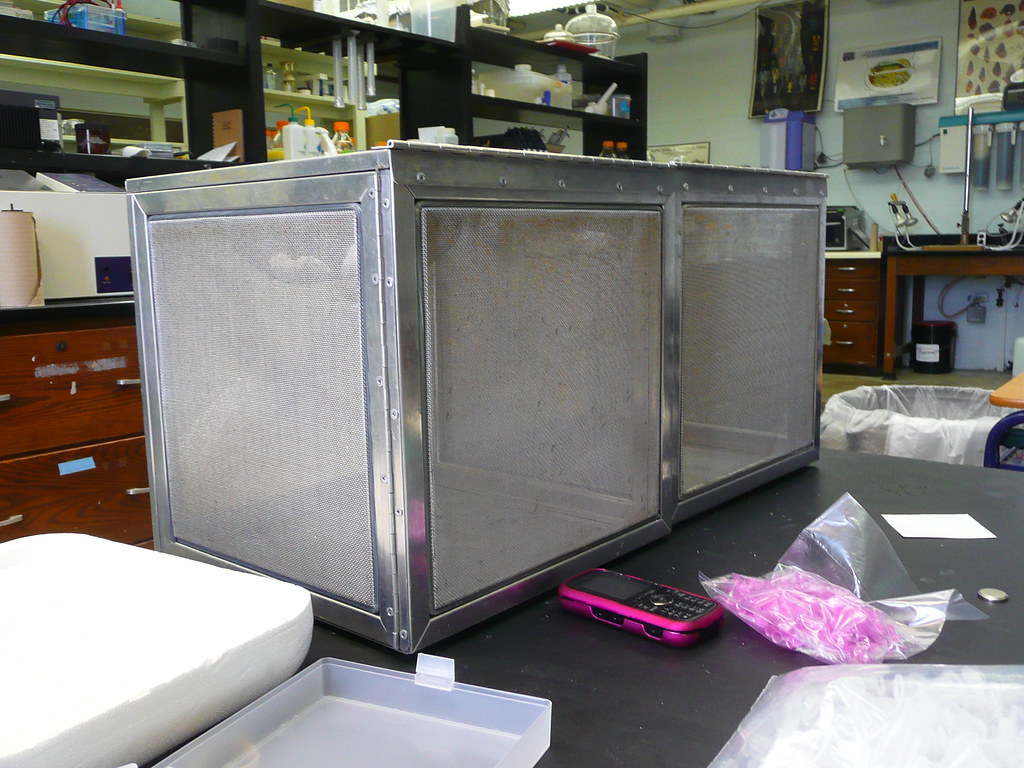
To study insect conflicts under controlled conditions, entomologists create specialized arenas that allow for detailed observation while maintaining ecological relevance. These experimental setups range from simple petri dishes with defined territories to elaborate artificial nests and foraging areas equipped with multiple cameras and environmental sensors. In studying termite defense strategies, researchers might construct miniature wooden chambers connected by tunnels, introducing predatory ants to observe how the termites organize their defensive formations and deploy chemical weapons. For flying insects, specialized flight chambers equipped with high-speed cameras tracking movements in three dimensions allow scientists to decode the complex aerial maneuvers of territorial disputes or predator-prey chases. These laboratory environments enable researchers to isolate specific variables—such as the number of combatants, available resources, or environmental conditions—to understand how these factors influence battle outcomes and strategies, complementing the observational data collected from natural settings.
Ecological Importance: The Broader Impact of Insect Battles
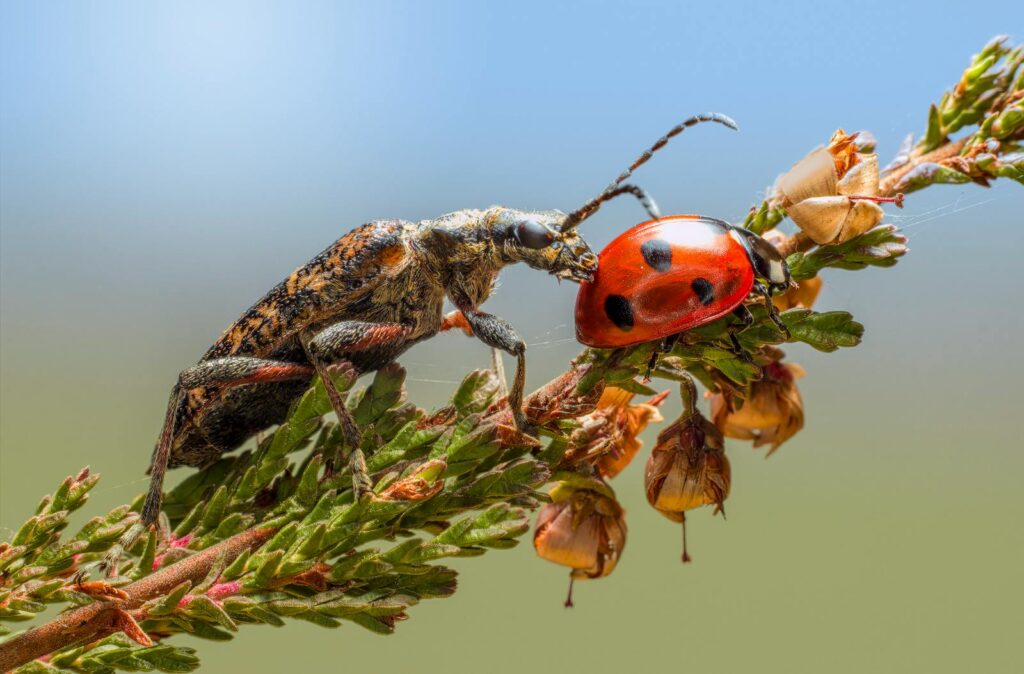
The conflicts between insect species serve crucial ecological functions that ripple throughout entire ecosystems, making their study essential for conservation biology and environmental management. Predatory insects help regulate herbivore populations, preventing destructive outbreaks that could decimate plant communities and disrupt food webs. The territorial battles between pollinator species influence how these essential ecosystem services are distributed across landscapes, affecting plant reproduction patterns and genetic diversity. Even parasitic relationships play vital roles in maintaining biodiversity, as specialized parasites often target abundant species, preventing any single population from dominating an ecosystem and reducing resources for others. Entomologists studying these dynamics often employ long-term monitoring of specific habitats, sometimes continuing observations for decades to understand how insect warfare responds to changing conditions and environmental stressors. This research has practical applications in agricultural pest management, where understanding the natural enemies of crop pests can lead to more effective biological control strategies that reduce reliance on chemical pesticides.
Human Applications: Learning from Insect Strategies
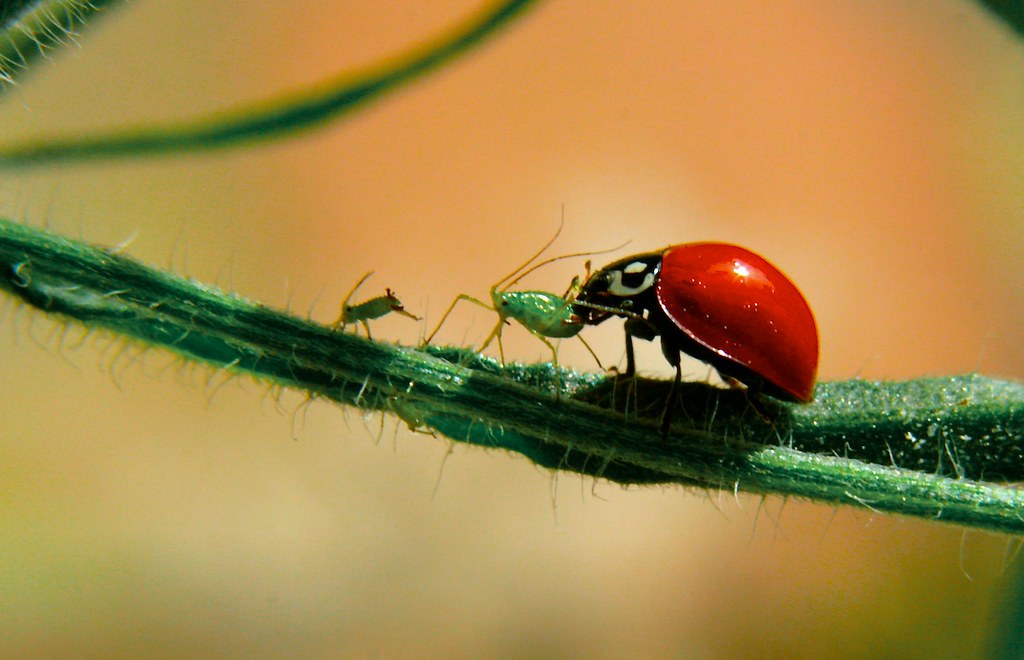
The study of insect warfare has inspired numerous innovations in human technology, medicine, and military strategy, demonstrating the practical value of entomological research beyond pure scientific curiosity. The remarkable adhesive properties of some predatory insects have inspired new types of surgical glues and industrial adhesives that function even in wet environments. Insect defensive chemicals have led to the development of new antimicrobial compounds, with scientists identifying novel antibiotics by studying how certain ants protect their colonies from fungal and bacterial infections. Military strategists study the decentralized coordination of social insect colonies during conflicts to develop more resilient communication systems and tactical approaches for human forces. Perhaps most significantly, the field of swarm robotics draws direct inspiration from the collective behavior of social insects during territorial defense, developing autonomous drone systems that can coordinate their actions without centralized control. These applications highlight how the study of nature’s smallest warriors continues to provide valuable insights for human innovation across multiple disciplines.
Evolutionary Insights: How Conflict Drives Adaptation

The study of insect warfare provides a unique window into evolutionary processes, revealing how conflict drives the development of specialized adaptations over time. Entomologists use comparative morphology and phylogenetic analysis to trace the development of weapons and defenses across related species, constructing evolutionary timelines that can span millions of years. The diversity of strategies employed by stinging insects offers a compelling example, with the basic venom-delivery mechanism evolving into specialized variants optimized for different combat situations—from the penetrating sting of solitary hunting wasps to the barbed stingers of honeybees designed for colony defense at the cost of the individual. Researchers also investigate evolutionary trade-offs, such as how defensive adaptations might reduce reproductive capacity or increase vulnerability to other threats. The speed of evolutionary responses becomes particularly evident when studying invasive species, where native insects may rapidly develop new defenses against novel predators or competitors, sometimes showing measurable adaptations within just decades—an evolutionary blink of an eye.
Citizen Science: Public Participation in Entomological Research

The accessibility of insect warfare to everyday observation has made it an ideal subject for citizen science initiatives, where non-professional researchers contribute valuable data to the scientific community. Entomologists develop user-friendly protocols and identification guides that allow volunteers to document insect interactions in their local environments, often using smartphone applications that can automatically record location data and upload observations to central databases. These citizen science projects can achieve geographic coverage impossible for professional researchers alone, with some programs collecting data across entire continents on phenomena like the spread of invasive ant species and their conflicts with native fauna. School programs centered around insect observation introduce students to scientific methodology while gathering useful data, such as monitoring predator-prey interactions between aphids and ladybugs on school garden plants throughout the growing season. The participation of citizen scientists not only expands data collection capabilities but also builds public appreciation for the complexity and importance of the insect world, creating advocates for conservation and research funding.
Future Frontiers: Emerging Research Directions
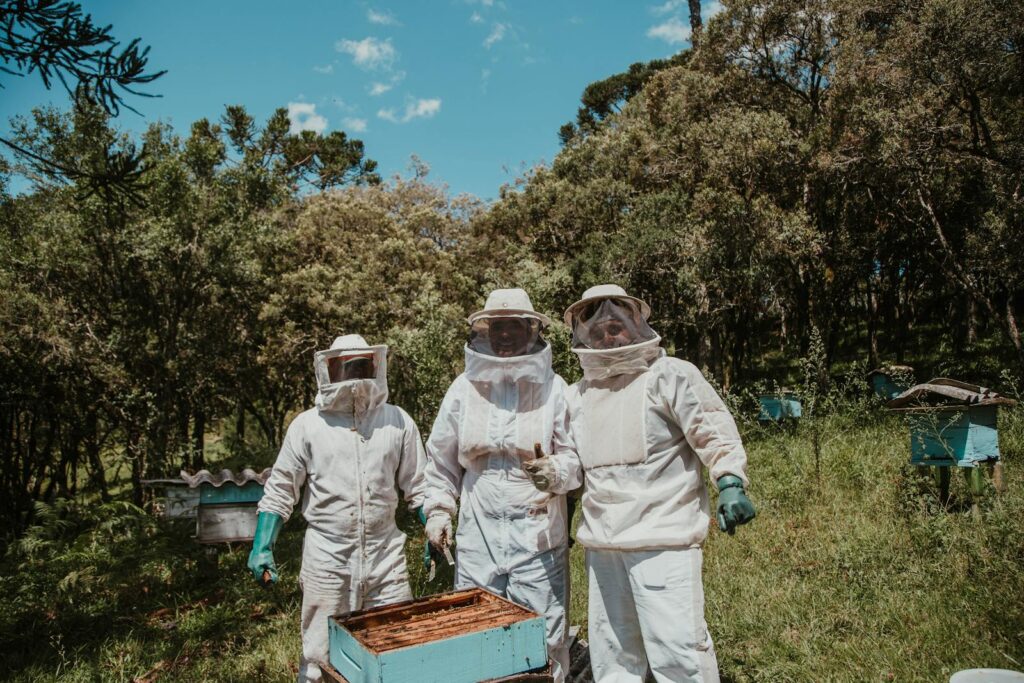
The study of insect warfare continues to evolve, with several exciting research frontiers promising to deepen our understanding of these complex interactions in coming years. Advances in miniaturized neural recording technology may soon allow scientists to monitor brain activity in free-moving insects during combat situations, potentially revealing how decisions are made in the heat of battle. The growing field of insect microbiome research is uncovering how symbiotic bacteria influence defensive capabilities, with evidence that some insects cultivate specific microbes that produce antibiotics or repellent compounds that provide protection during conflicts. Climate change presents both challenges and research opportunities, as entomologists track how rising temperatures and changing precipitation patterns affect the timing, intensity, and outcomes of insect battles across different ecosystems. Perhaps most transformative will be the application of machine learning algorithms to the vast datasets being generated by automated observation systems, potentially identifying subtle patterns in insect conflict behavior that human observers might miss. These emerging research directions ensure that the study of nature’s smallest warriors will continue to yield fascinating insights for decades to come.
Conclusion
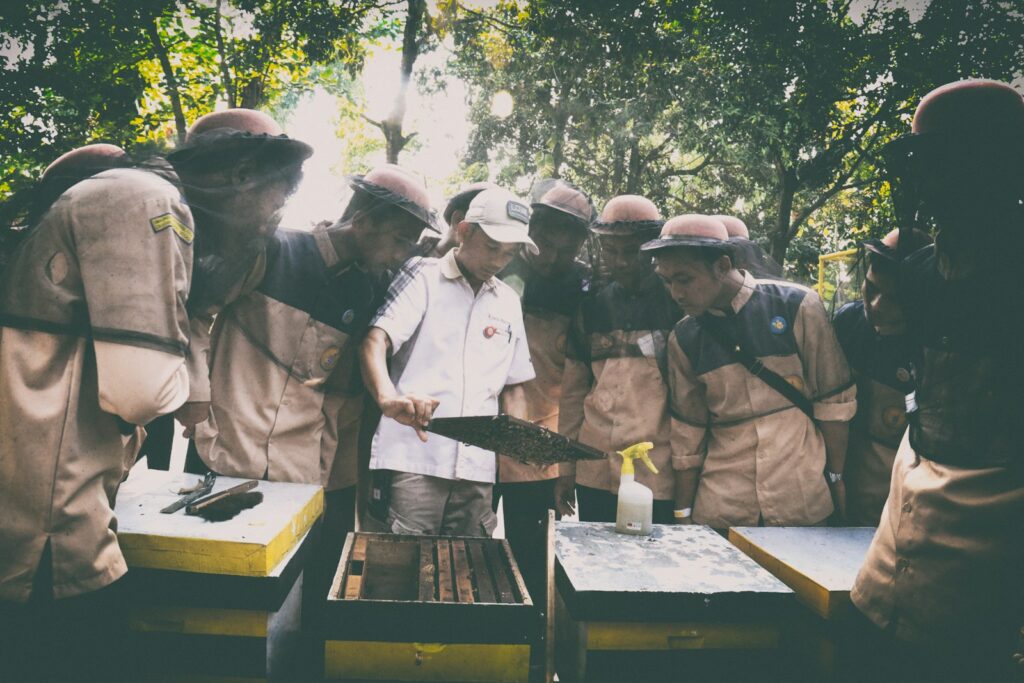
The study of insect warfare represents one of entomology’s most dynamic and revealing fields, offering insights that extend from molecular biology to ecosystem management. As scientists continue to develop more sophisticated tools and methodologies, our understanding of these microscopic conflicts grows increasingly nuanced, revealing the complex strategies and adaptations that have evolved over millions of years. These tiny battles, though invisible to most human observers, play crucial roles in maintaining ecological balance and driving evolutionary change. By studying how insects fight, cooperate, and compete, entomologists not only satisfy our curiosity about the natural world but also develop applications that benefit human society—from pest management strategies to biomimetic technologies. The next time you walk through a garden or forest, remember that beneath your feet and all around you, countless tiny warriors are engaged in battles that shape our world in profound and fascinating ways.

